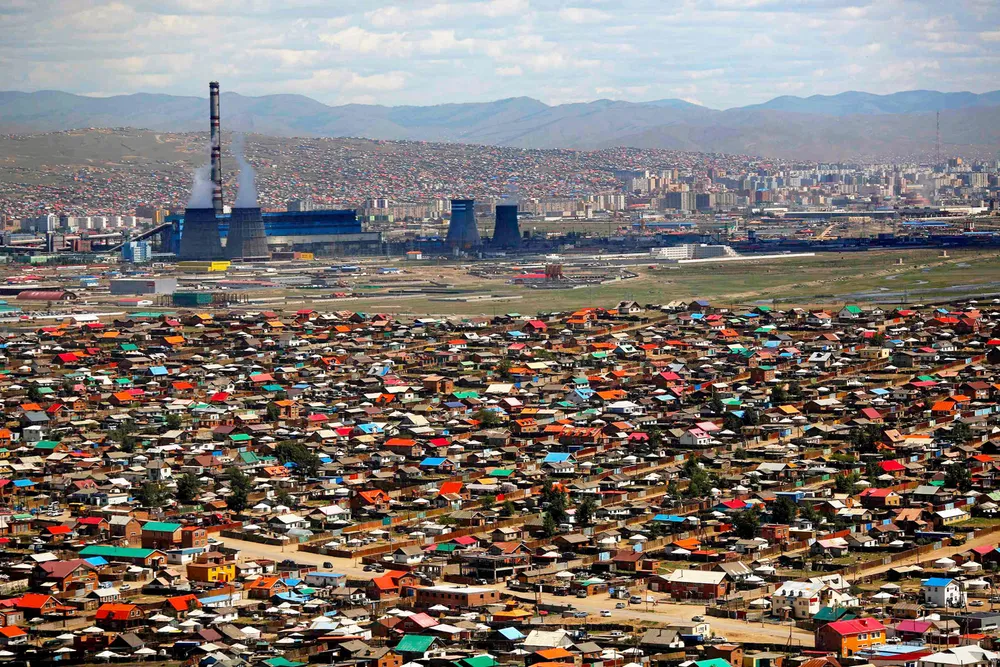Gazprom takes on Mongolia gas pipeline task with Chinese market in sight
Russian gas giant builds clearer vision of what it will take to lay transit segment of its second gas export pipeline to China

Russian gas giant builds clearer vision of what it will take to lay transit segment of its second gas export pipeline to China
